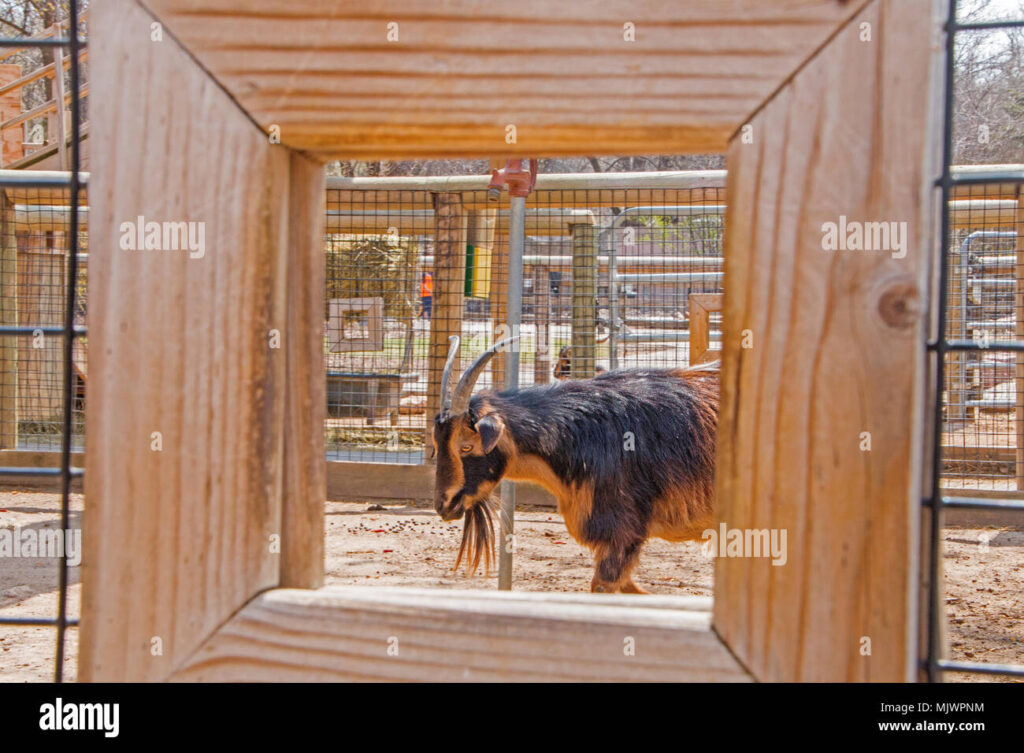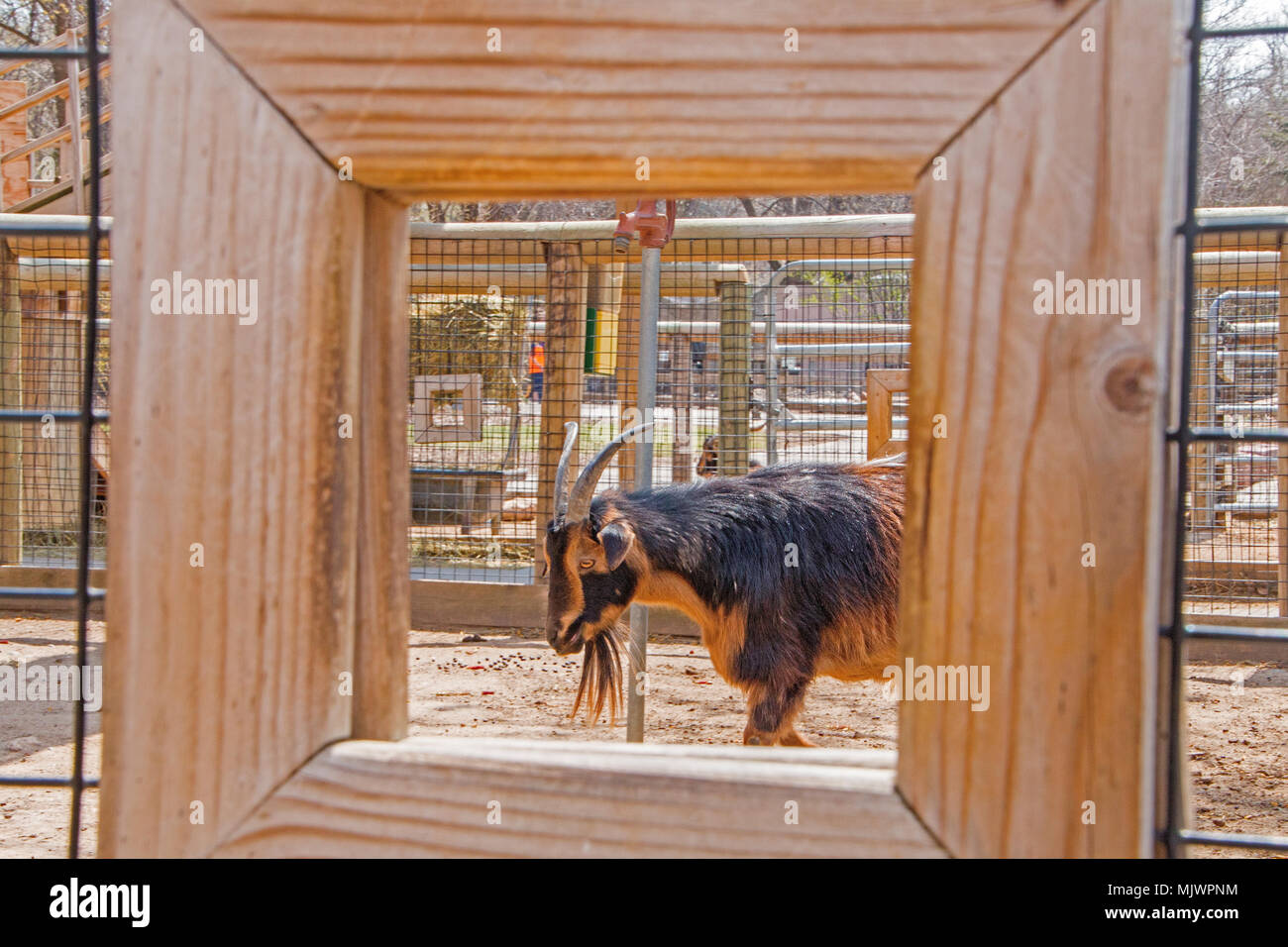
Unveiling the Magic: Your Ultimate Guide to the Great Plains Zoo
Planning a visit to the Great Plains Zoo? Whether you’re a seasoned animal enthusiast or looking for a memorable family outing, this comprehensive guide provides everything you need to know for an unforgettable experience. We delve into the zoo’s diverse exhibits, conservation efforts, visitor amenities, and insider tips to maximize your adventure. The Great Plains Zoo isn’t just a place to see animals; it’s a gateway to understanding our planet’s incredible biodiversity and the importance of conservation.
A Journey Through the Great Plains Zoo: Habitats and Inhabitants
The Great Plains Zoo, nestled in the heart of Sioux Falls, South Dakota, is more than just a collection of animals; it’s a carefully curated ecosystem representing diverse habitats from around the globe. Spanning over 45 acres, the zoo is home to over 800 animals representing nearly 200 species. Its mission extends beyond entertainment, focusing on conservation, education, and research. The zoo actively participates in Species Survival Plans (SSPs) to protect endangered animals and educate the public about the importance of biodiversity. Recent expansions and renovations have further enhanced the visitor experience, making it a must-visit destination for animal lovers of all ages.
The zoo’s commitment to replicating natural environments is evident in its thoughtfully designed exhibits. These enclosures prioritize the well-being of the animals while providing visitors with immersive viewing opportunities. From the lush landscapes of the Asian Cat Country to the arid plains of the African Savannah, each exhibit tells a unique story about the animals and their native habitats.
Exploring the Exhibits: A World of Wildlife Awaits
The Great Plains Zoo is divided into several distinct exhibit areas, each offering a unique glimpse into the animal kingdom:
- Asian Cat Country: Home to Amur tigers and snow leopards, this exhibit showcases the beauty and power of these magnificent felines. The spacious enclosures allow for natural behaviors, and informative signage highlights the challenges these species face in the wild.
- African Savannah: Experience the thrill of the African plains with giraffes, zebras, ostriches, and rhinos. The mixed-species exhibit mimics the natural interactions of these animals in their native habitat.
- Rare Rhinos of Africa: Get up close with critically endangered black rhinos. This exhibit emphasizes the zoo’s commitment to rhino conservation and provides valuable insights into the threats facing these iconic animals.
- Hy-Vee Face-to-Face Farm: A family favorite, the Face-to-Face Farm allows visitors to interact with domestic animals like goats, sheep, and pigs. It’s a great way for children to learn about farm life and the importance of animal care.
- Birds of the World: Discover a vibrant collection of birds from around the globe, including flamingos, parrots, and waterfowl. The aviary provides a natural setting for these colorful creatures to thrive.
Beyond these main exhibits, the zoo also features primates, reptiles, and a variety of other fascinating animals. Be sure to check the daily schedule for animal feedings and keeper talks, which offer a deeper understanding of the animals and their care.
The Great Plains Zoo’s Conservation Mission
The Great Plains Zoo is deeply committed to conservation efforts, both locally and globally. Through participation in Species Survival Plans (SSPs), the zoo plays a vital role in maintaining healthy populations of endangered animals. These programs involve cooperative breeding and management of specific species to ensure their long-term survival. The zoo also supports field conservation projects in Africa and Asia, working to protect wildlife in their natural habitats. According to zoo officials, a significant portion of every ticket purchase goes directly to supporting these crucial conservation programs.
Education is another cornerstone of the zoo’s conservation mission. Through interactive exhibits, educational programs, and outreach initiatives, the zoo strives to raise awareness about the importance of biodiversity and the threats facing wildlife. By inspiring a sense of stewardship, the zoo hopes to empower visitors to take action and protect the planet’s natural resources. The zoo offers educational programs for school groups, families, and adults, covering a wide range of topics related to animal conservation and environmental sustainability.
Planning Your Visit: Tips for an Unforgettable Experience
To make the most of your visit to the Great Plains Zoo, consider these helpful tips:
- Plan Ahead: Check the zoo’s website for hours of operation, special events, and daily schedules. Purchase tickets online to avoid lines.
- Dress Appropriately: Wear comfortable shoes and clothing suitable for the weather. The zoo is primarily an outdoor venue, so be prepared for sun, rain, or wind.
- Bring Essentials: Pack sunscreen, a hat, and a water bottle. Refill stations are available throughout the zoo.
- Take Your Time: Allow ample time to explore all the exhibits. The zoo is larger than it appears, and you’ll want to savor each encounter with the animals.
- Attend Keeper Talks: These informative sessions provide valuable insights into the animals and their care. Check the daily schedule for times and locations.
- Visit During Off-Peak Hours: Weekday mornings are typically less crowded than weekends or holidays.
- Download the Zoo App: Access maps, schedules, and other helpful information on your smartphone.
The zoo also offers stroller and wheelchair rentals for visitors with mobility needs. Food and beverage options are available at several locations throughout the zoo, but you’re also welcome to bring your own snacks and drinks. Consider purchasing a zoo membership for unlimited admission and other benefits throughout the year.
Enhancing the Zoo Experience with Technology
The Great Plains Zoo is embracing technology to enhance the visitor experience. The zoo’s mobile app provides interactive maps, animal information, and real-time updates on events and activities. Visitors can use the app to plan their route, learn about the animals they’re seeing, and even participate in virtual scavenger hunts. QR codes located throughout the zoo provide access to additional information and multimedia content. These technologies are especially useful for families with children, providing engaging and educational experiences that complement the traditional zoo visit.
Furthermore, the zoo utilizes technology to monitor animal health and behavior. Remote cameras and sensors allow keepers to observe animals from a distance, providing valuable insights into their well-being. This technology is particularly useful for monitoring nocturnal animals or those that are sensitive to human presence. The data collected through these technologies helps the zoo optimize animal care and improve the overall quality of life for its residents.
The Importance of Zoos in Modern Conservation
Modern zoos, like the Great Plains Zoo, play a crucial role in conservation efforts worldwide. By participating in Species Survival Plans (SSPs), zoos help maintain healthy populations of endangered animals and prevent their extinction. These programs involve cooperative breeding and management of specific species across multiple zoos, ensuring genetic diversity and long-term viability.
Zoos also serve as vital educational centers, raising awareness about the importance of biodiversity and the threats facing wildlife. Through interactive exhibits, educational programs, and outreach initiatives, zoos inspire a sense of stewardship and empower visitors to take action. Many zoos also support field conservation projects in their native habitats, working to protect wildlife and their ecosystems. The Great Plains Zoo actively supports several field conservation projects in Africa and Asia, focusing on rhino and tiger conservation.
A Closer Look at the Rare Rhinos of Africa Exhibit
The Rare Rhinos of Africa exhibit at the Great Plains Zoo is more than just a place to see black rhinos; it’s a testament to the zoo’s commitment to conservation and education. Black rhinos are critically endangered, with only around 5,000 individuals remaining in the wild. The exhibit provides a safe and enriching environment for these magnificent animals, while also raising awareness about the threats they face, primarily poaching and habitat loss.
The exhibit features a spacious outdoor enclosure with natural vegetation and enrichment items, allowing the rhinos to exhibit natural behaviors. Indoor viewing areas provide visitors with close-up views of the rhinos, regardless of the weather. Informative signage and interactive displays educate visitors about rhino biology, conservation efforts, and how they can help protect these animals. The zoo actively participates in the Black Rhino Species Survival Plan (SSP), contributing to the genetic diversity and long-term survival of the species.
The Great Plains Zoo’s Educational Programs
The Great Plains Zoo offers a wide range of educational programs for visitors of all ages. From school field trips to family workshops, these programs provide engaging and informative experiences that foster a love of animals and a commitment to conservation. The zoo’s education department works closely with local schools to develop curriculum-based programs that align with state standards. These programs often include guided tours, hands-on activities, and opportunities to interact with animal ambassadors.
For families, the zoo offers a variety of weekend workshops and summer camps that explore different aspects of the animal kingdom. These programs often focus on specific animal groups, such as primates or birds, and include activities like animal observation, habitat building, and conservation projects. The zoo also offers adult education programs, including behind-the-scenes tours and lectures by wildlife experts. These programs provide deeper insights into the zoo’s operations and the challenges facing wildlife conservation.
The Impact of the Great Plains Zoo on the Local Community
The Great Plains Zoo is a vital asset to the Sioux Falls community, providing not only entertainment and education but also economic benefits. The zoo attracts hundreds of thousands of visitors each year, contributing to the local tourism industry. The zoo also employs a significant number of people, providing jobs and supporting local businesses. Beyond its economic impact, the zoo also plays a role in community development, offering volunteer opportunities and partnering with local organizations to promote conservation and environmental sustainability.
The zoo actively participates in community events, such as parades and festivals, bringing animals and educational exhibits to the public. The zoo also offers free admission days for local residents, ensuring that everyone has the opportunity to experience the wonders of the animal kingdom. The Great Plains Zoo is more than just a zoo; it’s a community hub that fosters a love of animals and a commitment to conservation.
Reflecting on a Day at the Great Plains Zoo
A visit to the Great Plains Zoo is an enriching experience that leaves a lasting impression. From the majestic tigers of Asian Cat Country to the towering giraffes of the African Savannah, the zoo offers a glimpse into the incredible diversity of the animal kingdom. The zoo’s commitment to conservation and education is evident in every exhibit and program, inspiring visitors to take action and protect our planet’s natural resources. Whether you’re a seasoned animal enthusiast or a first-time visitor, the Great Plains Zoo offers something for everyone. Share your favorite animal encounter with us in the comments and help spread the word about the importance of wildlife conservation.

